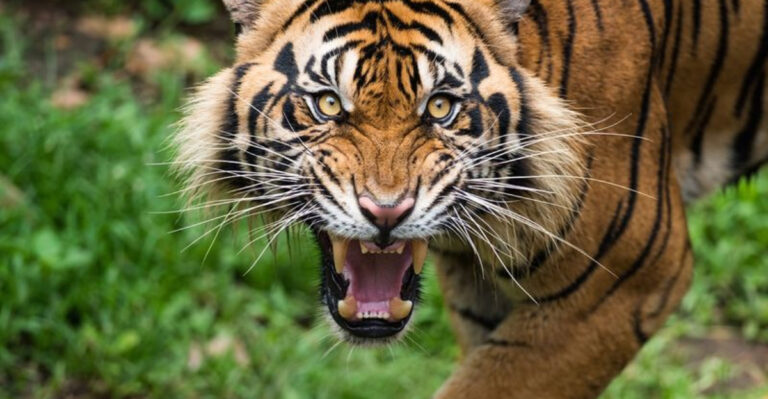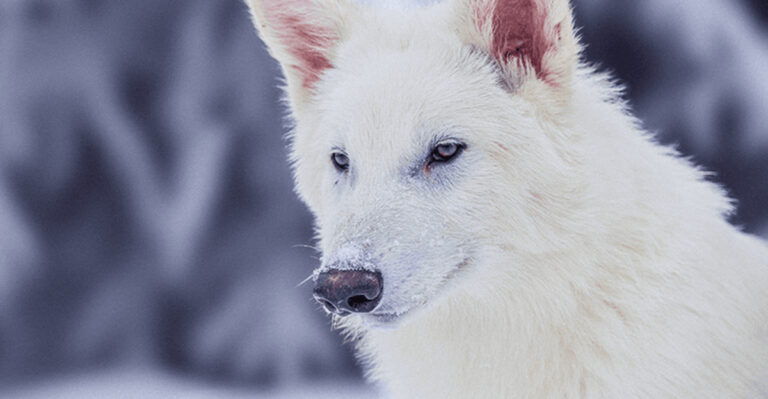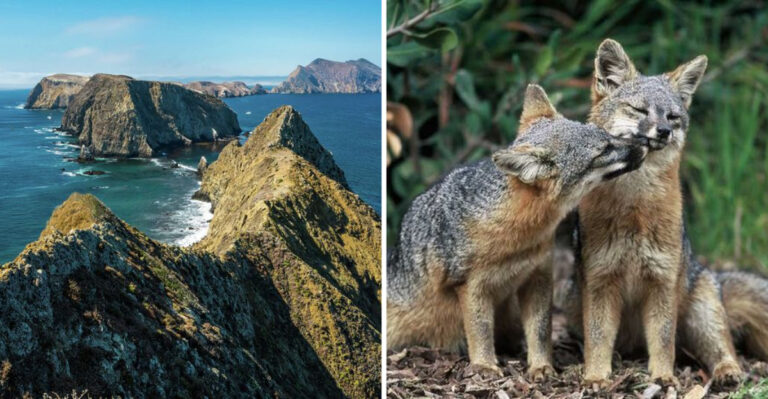How Wolves Select Their Alpha (And Why The Term Might Be Misunderstood)

Ever wondered how wolf packs choose their leaders? The popular image of fierce wolves battling for dominance might be more fiction than fact.
Scientists have discovered fascinating truths about wolf social structures that challenge our understanding of these amazing animals.
Let’s explore what really happens in a wolf pack’s leadership dynamics.
1. Family Matters Most
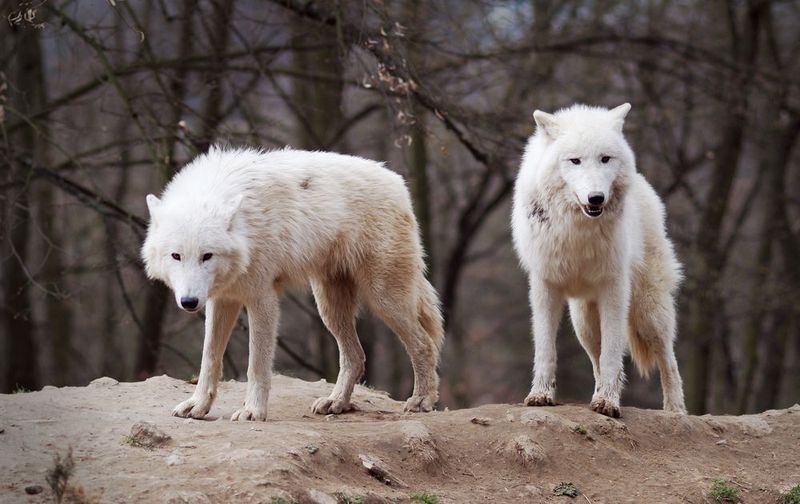
Wolf packs aren’t random groups of wolves who found each other in the forest. They’re actually families! Most packs consist of a breeding pair (mom and dad) and their offspring from different years.
The so-called ‘alpha’ wolves are simply the parents taking care of their family.
2. The Alpha Myth Origins
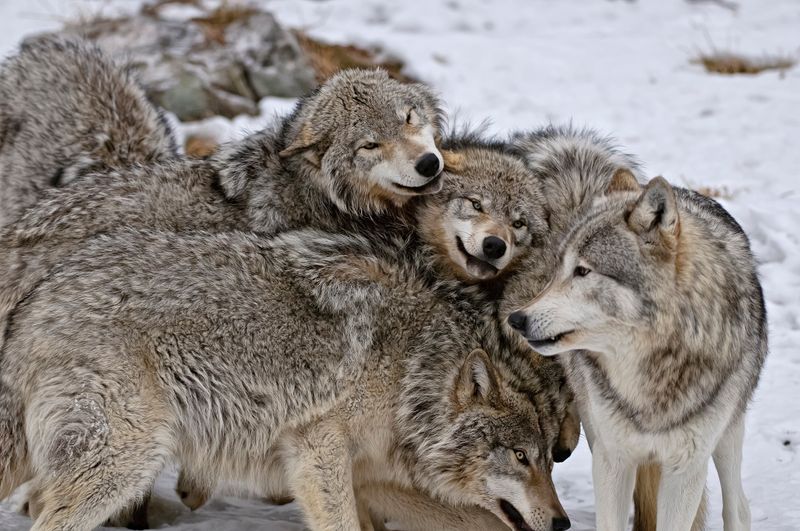
The term ‘alpha wolf’ came from studies of captive wolves in the 1940s. These wolves were strangers forced to live together in artificial environments, creating unnatural competition.
Wild wolves behave completely differently, but the misleading alpha concept stuck in popular culture.
3. Parental Leadership, Not Dominance

Think of wolf pack leaders more like parents than dictators. They guide, teach, and make decisions that benefit the whole family.
Just as human parents lead their children, wolf parents naturally direct pack activities through experience and parental bonds, not through constant shows of strength.
4. Natural Succession Happens
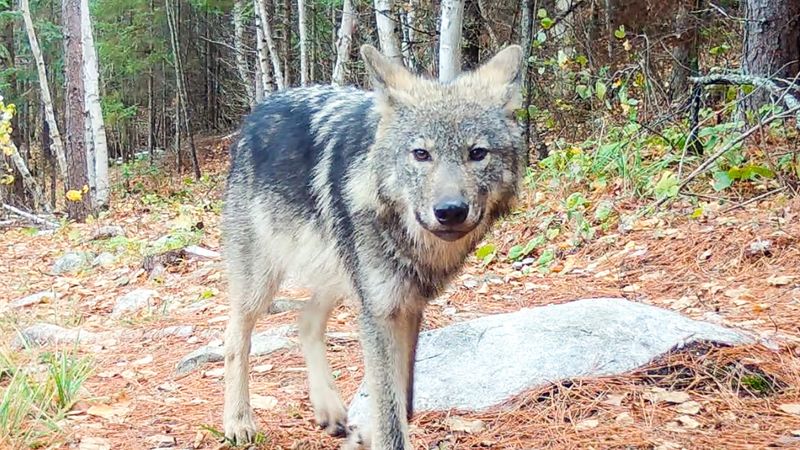
Young wolves typically leave their birth pack around age 2-3 to find mates and start their own families. This natural dispersal happens peacefully in most cases.
No dramatic fights for the throne here – just young adults moving out of their parents’ den, just like humans leave home.
5. Breeding Pairs Form New Packs

When young wolves leave home, they search for a mate from another pack. Once they pair up, they become the breeding pair (or parents) of their new pack.
Their future pups will form the core of this new family unit, continuing the cycle without any need for fighting over alpha status.
6. Leadership Through Experience

Parent wolves lead because they know more about hunting, territory, and dangers. Their experience keeps the family safe and well-fed.
Younger wolves follow naturally, learning critical survival skills from the older generation. This knowledge transfer resembles apprenticeship more than a power hierarchy.
7. Cooperation Trumps Competition
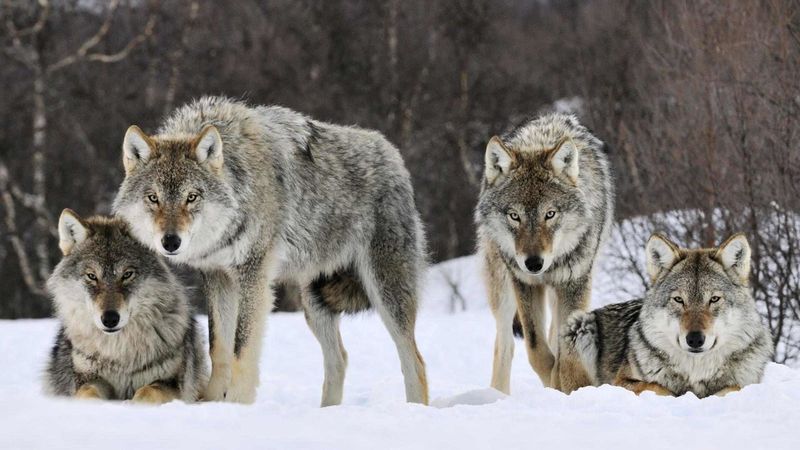
Wolf packs thrive through teamwork, not internal fighting. They hunt large prey together, share food, and protect each other from threats.
This cooperative system evolved because it works better than constant competition. Wolves who work together catch more food and raise more successful pups.
8. The Researcher Who Changed Everything
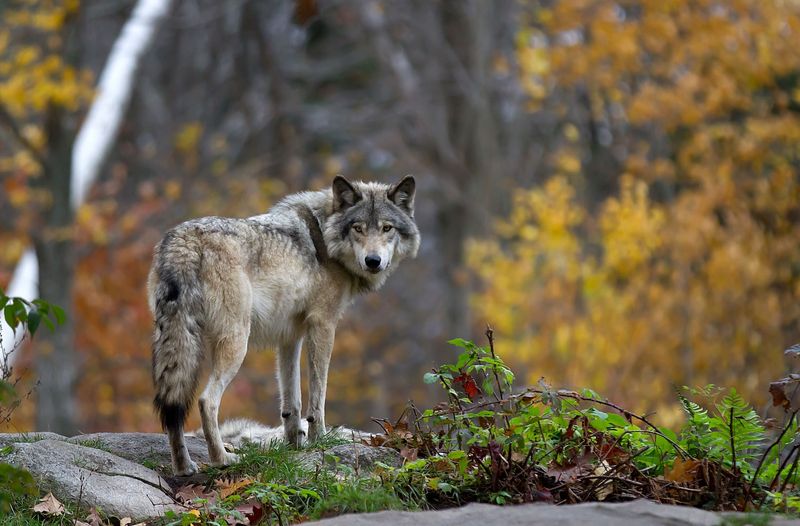
L. David Mech, who first popularized the term “alpha wolf” in 1970, later spent years trying to correct this mistake. After studying wild wolves, he discovered the family structure reality.
He even asked publishers to stop printing his original book containing the alpha concept!
9. Pack Decision-Making Is Democratic

Wolves don’t blindly follow orders from a dictatorial leader. Pack decisions often involve group consensus, with different members having input.
Researchers have observed wolves gathering before hunts, seemingly “voting” on what to do through body language and vocalizations. It’s more democratic than many assume!
10. Leadership Can Be Situational

Different wolves might lead in different situations based on their skills. A wolf with excellent tracking abilities might lead during hunts, while another might take point when defending territory.
This flexible leadership style maximizes the pack’s collective strengths rather than relying on one dominant individual.
11. Alpha Training Doesn’t Work For Dogs
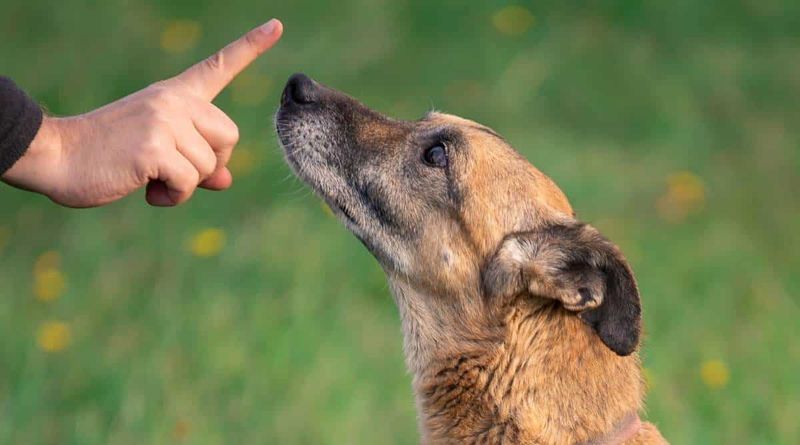
The misunderstood alpha concept led to harmful dog training methods based on domination. Modern science shows these techniques damage the human-dog relationship rather than improve it.
Dogs aren’t wolves, and even wolves don’t behave the way these training methods assume!
12. Pack Size Affects Structure
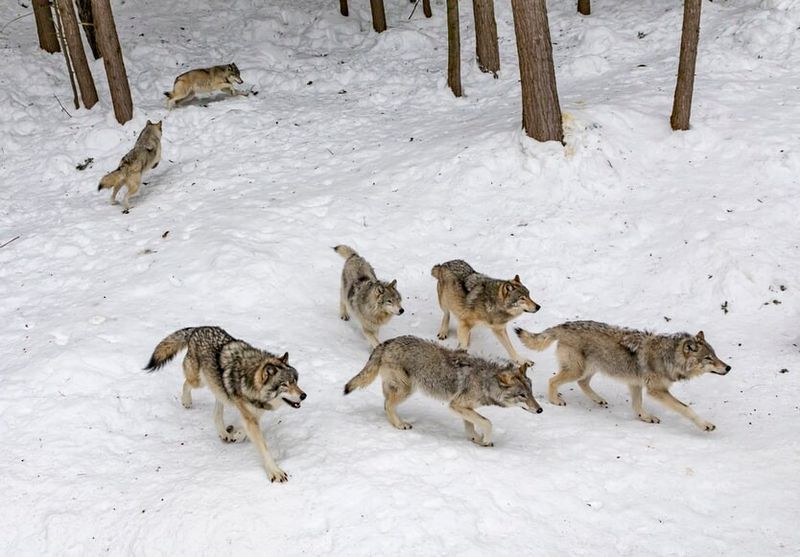
Wolf packs typically contain 4-9 members, though they can be larger in areas with abundant prey. Pack size influences how leadership works.
Smaller packs have simpler structures, while larger ones might develop more complex social dynamics. Still, the family unit remains the foundation regardless of size.
13. Cultural Impact Of The Alpha Myth
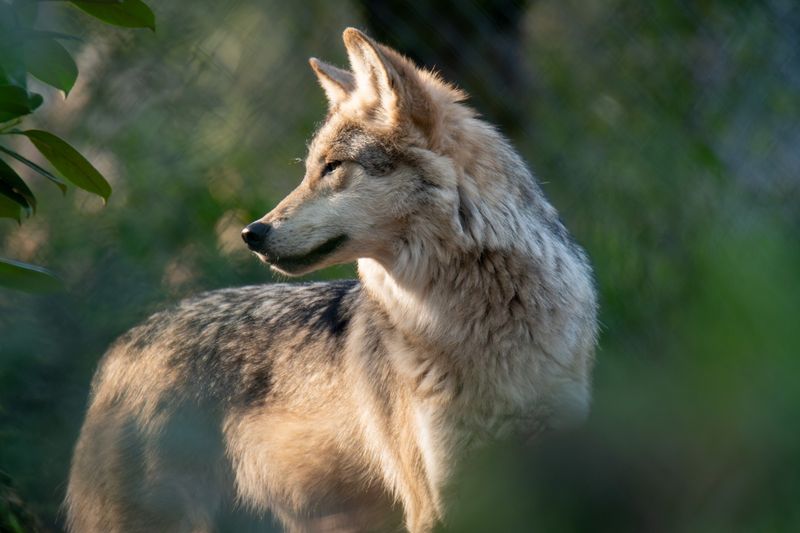
The alpha wolf misconception has spread far beyond wildlife biology, influencing everything from business leadership books to dating advice. It’s created a distorted view of what strength and leadership mean.
Understanding the truth about wolves can help us build more cooperative human relationships too!

